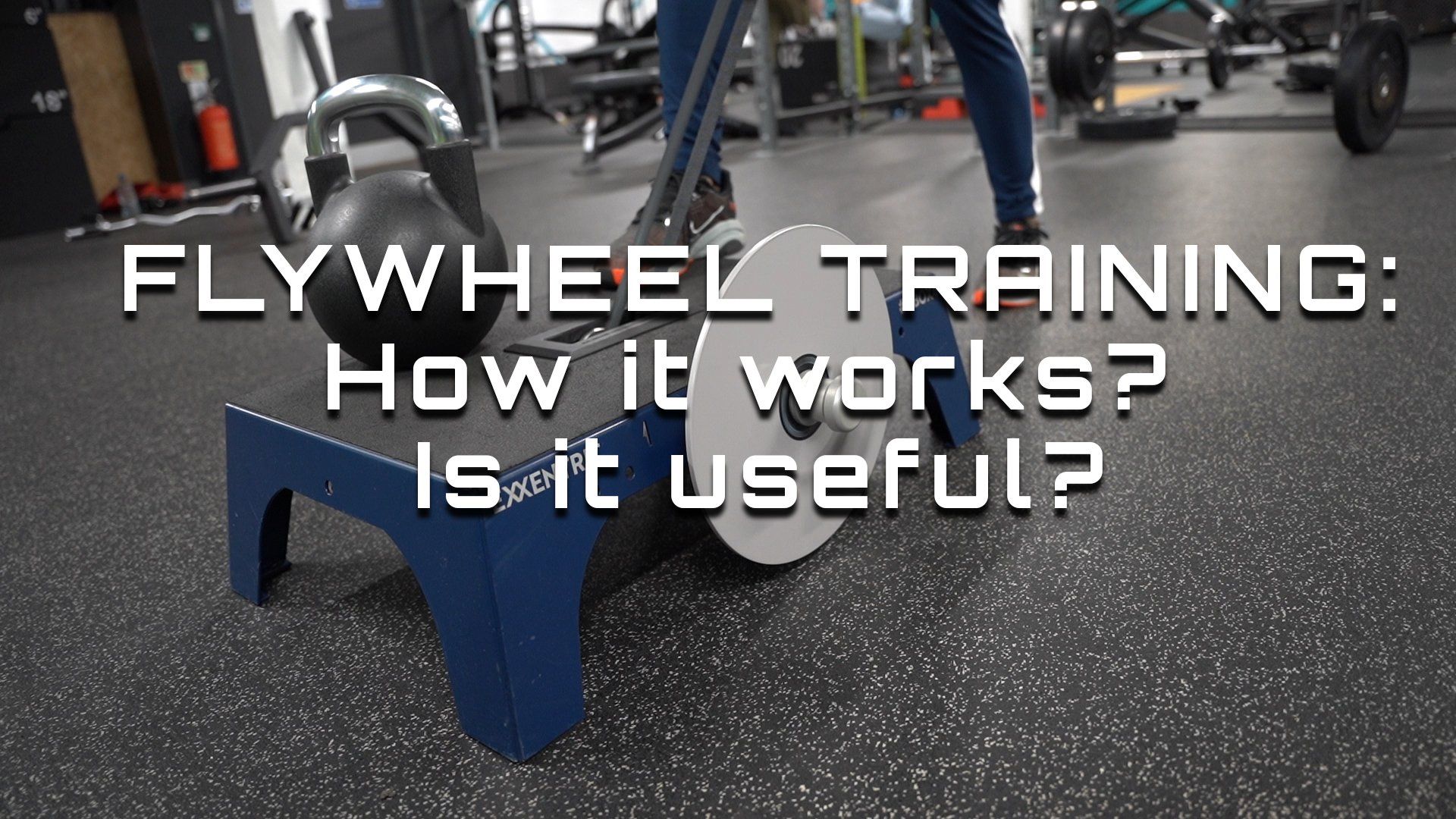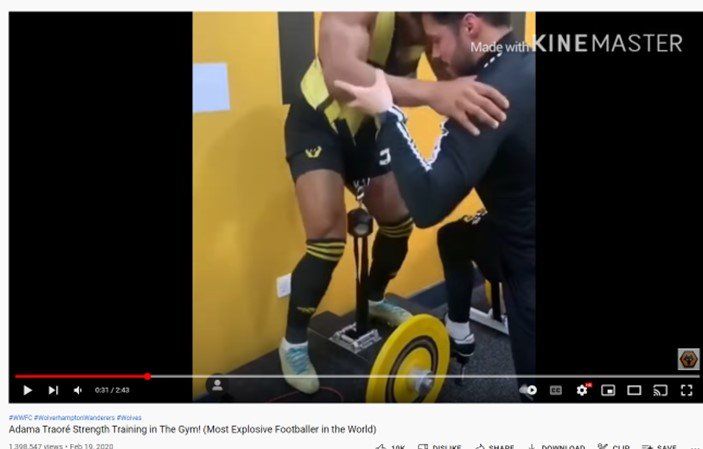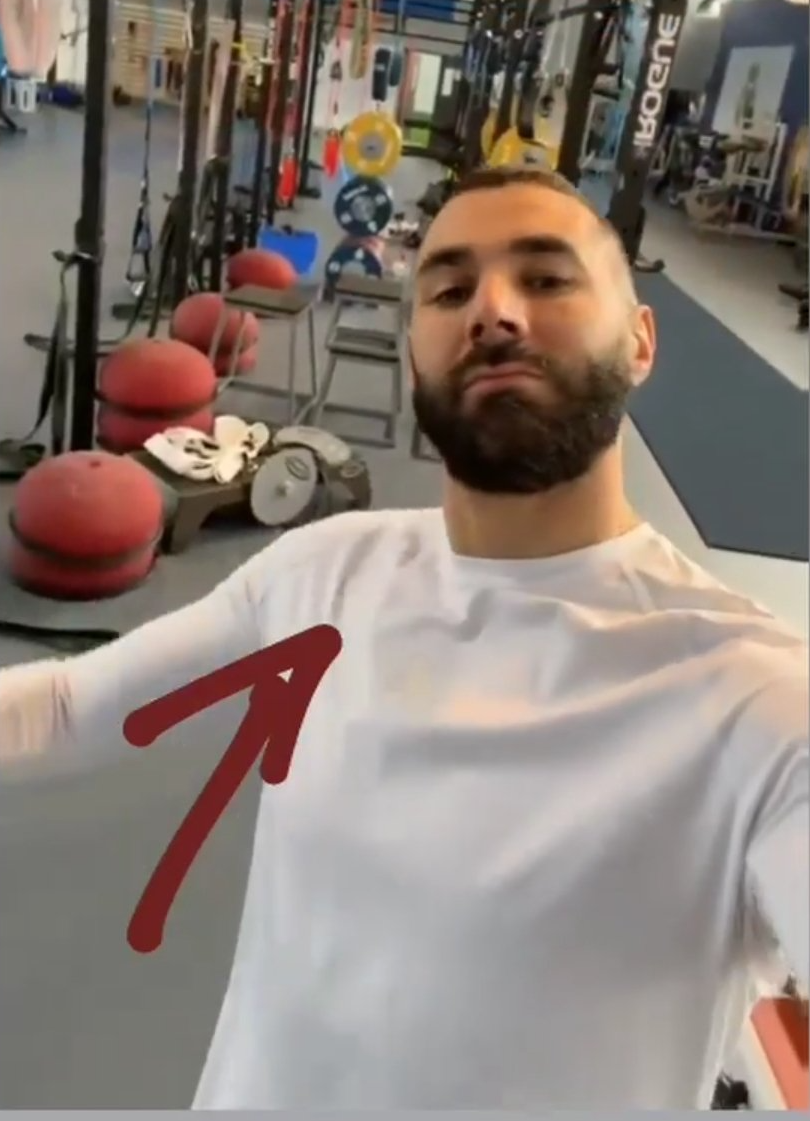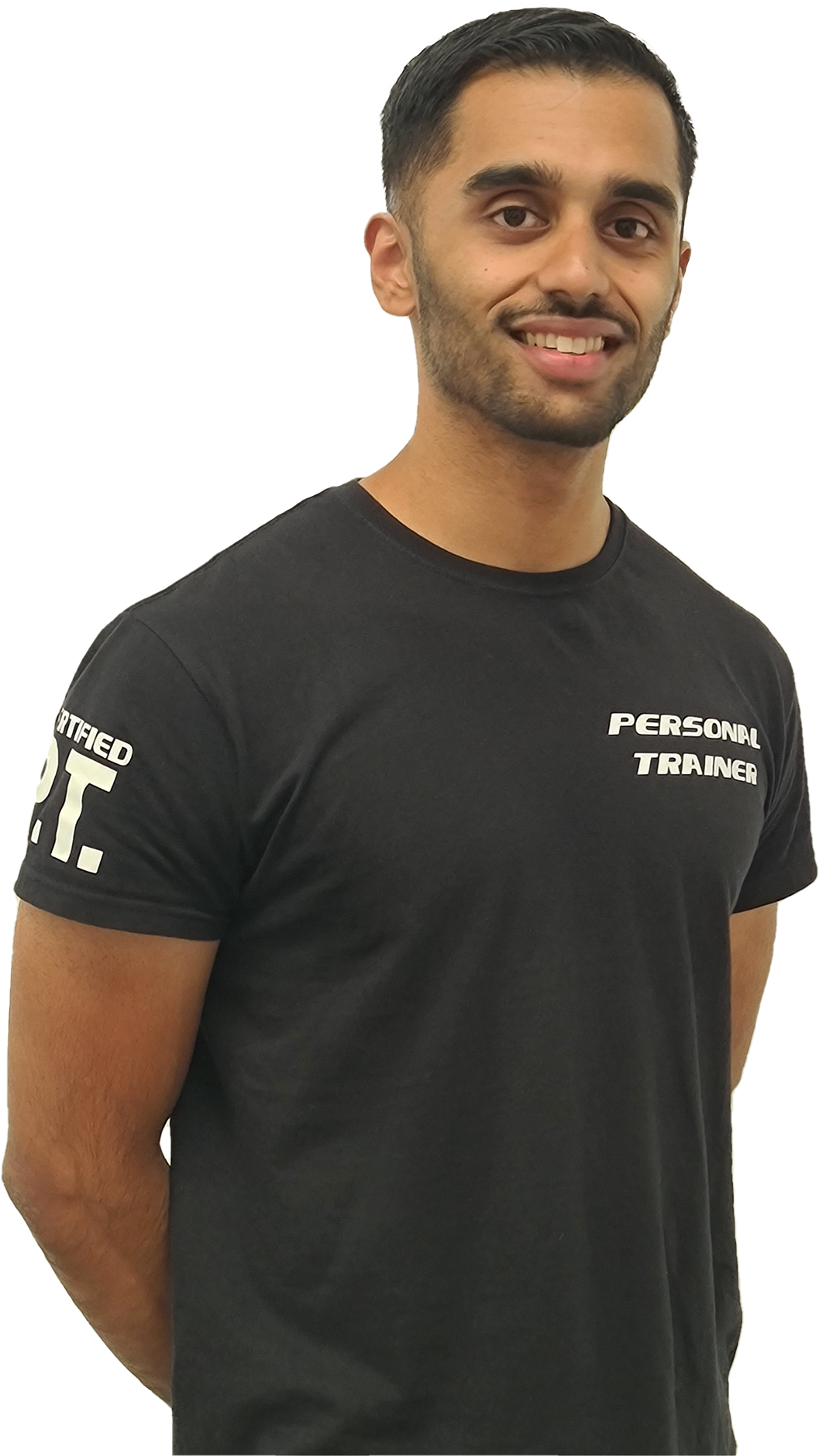
Flywheel training for improving power and strength in elite/recreational athletes
Why is eccentric training important?
You are about 20-30% stronger in the eccentric of any movement than the concentric, so let’s say a bench press; you’ll be able to lower more weight than lift up. Research into eccentric training has shown it to be a promising avenue for overall strength, as well having carry-over effects to the concentric too, and flexibility gains because the eccentric motion will elongate the muscles.
Flywheel training is something that caught my attention during the coronavirus lockdowns of 2020,
I was bored and wanted to find a cool gadget that wouldn’t take up as much space as barbells dumbbells etc, low and behold I came across the KBOX device by exxentric.
Flywheel training has been around for 100+ years, and within the past 20 or so years has gained popularity on a mainstream setting.
What does it offer?
Variable resistance
The load changes depending on how hard you pull the strap, there are no sticking points, and you can effectively perform a mechanical drop set without stopping or adjusting anything by simply giving out less force on the concentric
Eccentric overload
You can apply eccentric overload with other tools in the gym, but it isn’t as accessible or effective as flywheel training. You can apply two types of eccentric muscle actions using the kbox:
- Fast eccentric muscle action
- Slow eccentric muscle action
Fast eccentric muscle action is difficult to achieve using tools in the gym effectively but once again not nearly as accessible or effective as flywheel training.
Slow eccentric muscle is something we all practice habitually these days especially if you have a bodybuilding background to utilize time under tension and mechanical damage, but it is usually a ‘controlled’ muscle action whereas flywheel training offers an uncontrolled muscle action.
I’ll delve into this more below.
Feedback/Portability
The devices are connected to an app on your phone which gives out power/force output/velocity/ROM/torque data which is useful for athletes in pre-season training gearing up for competition, or recreational fitness enthusiasts who look to optimize their robustness.
Flywheel in Strength Training
Strength is the ability of your neuromuscular system to respond to external loads or an external action. Most people accompany strength with how much you can lift bro, but strength is an umbrella term morphing into several types:
- Relative Strength: how much weight can you lift relative to your bodyweight?
- Maximal Strength: your 1RPM
- Specific Strength: how hard can you kick a ball, how hard can you swing a golf club,
- Endurance Strength: being able to produce force over prolonged periods
- Speed/Explosive strength: being able to produce high forces at high velocities, for example Olympic lifts, a boxing punch, so how well you can use your strength.
The beauty of flywheel training is that you can target all types of strength with the kbox, given a change in flywheel size, number of sets/reps performed, technique used.
Fast vs Slow Eccentric Muscle Actions
Rapid rate of force production is of great importance in power-demanding sports or those fitness enthusiasts looking to improve their athletic capabilities. One study by Stasinaki et al. (2019) found fast eccentric training to improve rate of force production in a countermovement jump than slow eccentrics. Slow eccentrics had their part to play when it came to improving muscle fibre size and strength, but remember strength is an umbrella term and it all depends on your goal.
Flywheel training can effectively target both fast and slow muscle actions, one recent systematic review by Chaabene et al. (2022) discovered flywheel training had a larger impact on an athletes’ change of direction speed (agility, quickness, explosiveness) with a 1-2/week flywheel protocol in comparison to a 3-4/week standard gym equipment protocol. Thereby underlying the effectiveness of flywheel training. The rationale behind this result was the eccentric muscle strengthening of the ‘braking phase’ (deceleration) during a rapid agility task, utilizing the fast-eccentric muscle action pattern a flywheel device utilizes.
Below is a screenshot of one of the most ‘explosive’ footballers on the planet, Adama Traore, using a flywheel device as part of his training and one of the best footballers on the planet, Karim Benzema incorporating the device into his routine.
Conclusion
Can you achieve results without a flywheel device and the help of a qualified professional to guide you through it? Yes.
Will you absolutely optimize your capabilities using a flywheel device alongside a qualified professional? Yes
References
Chaabene, H., Markov, A., Prieske, O., Moran, J., Behrens, M., Negra, Y., Ramirez-Campillo, R., Koch, U. and Mkaouer, B., 2022. Effect of Flywheel versus Traditional Resistance Training on Change of Direction Performance in Male Athletes: A Systematic Review with Meta-Analysis. International Journal of Environmental Research and Public Health, 19(12), p.7061.
Stasinaki, A.N., Zaras, N., Methenitis, S., Bogdanis, G. and Terzis, G., 2019. Rate of force development and muscle architecture after fast and slow velocity eccentric training. Sports, 7(2), p.41.



Start Today!
Ready to transform your fitness journey? Take the first step towards achieving your goals with personal training!
My take on Health and Fitness



